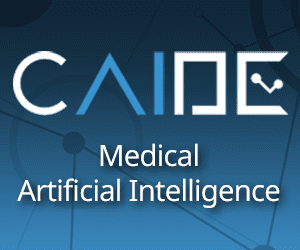As the use of artificial intelligence (AI) becomes more widespread, regulatory compliance is becoming increasingly important. CIOs (Chief Information Officers) play a critical role in ensuring that AI systems are compliant with legal and privacy requirements. Here are some guidelines for CIOs to navigate regulatory compliance in the era of AI:
-
Understand Relevant Regulations: CIOs should have a clear understanding of relevant regulations such as the General Data Protection Regulation (GDPR), the California Consumer Privacy Act (CCPA), and the Health Insurance Portability and Accountability Act (HIPAA). This understanding includes the legal requirements for data storage, processing, sharing, and use.
-
Conduct a Risk Assessment: CIOs should conduct a risk assessment to identify potential legal and privacy risks associated with AI systems. This assessment should consider factors such as data collection and use, algorithmic bias, and data security.
-
Implement Data Privacy Controls: CIOs should implement data privacy controls such as data encryption, access controls, and data masking to protect sensitive data from unauthorized access or disclosure. Additionally, they should implement processes for data subject requests, including the right to access, rectify, or erase personal data.
-
Ensure Transparency: CIOs should ensure that AI systems are transparent, and the data used to train them is explainable. This includes providing clear explanations of how AI models work, the data used to train them, and the outcomes they produce.
-
Maintain Ethical Standards: CIOs should ensure that AI systems maintain ethical standards, particularly concerning issues such as algorithmic bias and fairness. This includes implementing measures to prevent discrimination, such as fairness metrics and bias testing.
-
Monitor and Report Compliance: CIOs should monitor and report compliance with legal and privacy requirements regularly. This includes maintaining records of data processing activities, implementing audit trails, and conducting regular compliance audits.
In summary, navigating regulatory compliance in the era of AI is critical, and CIOs play a critical role in ensuring that AI systems comply with legal and privacy requirements. By understanding relevant regulations, conducting risk assessments, implementing data privacy controls, ensuring transparency and maintaining ethical standards, and monitoring and reporting compliance, CIOs can help ensure that their organization’s AI systems are both effective and compliant with legal and privacy requirements.








